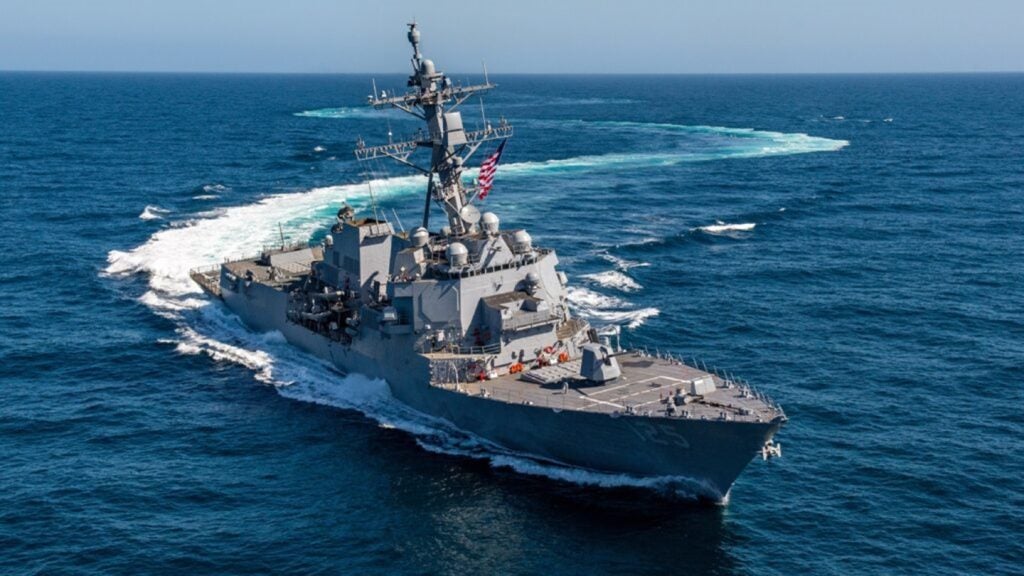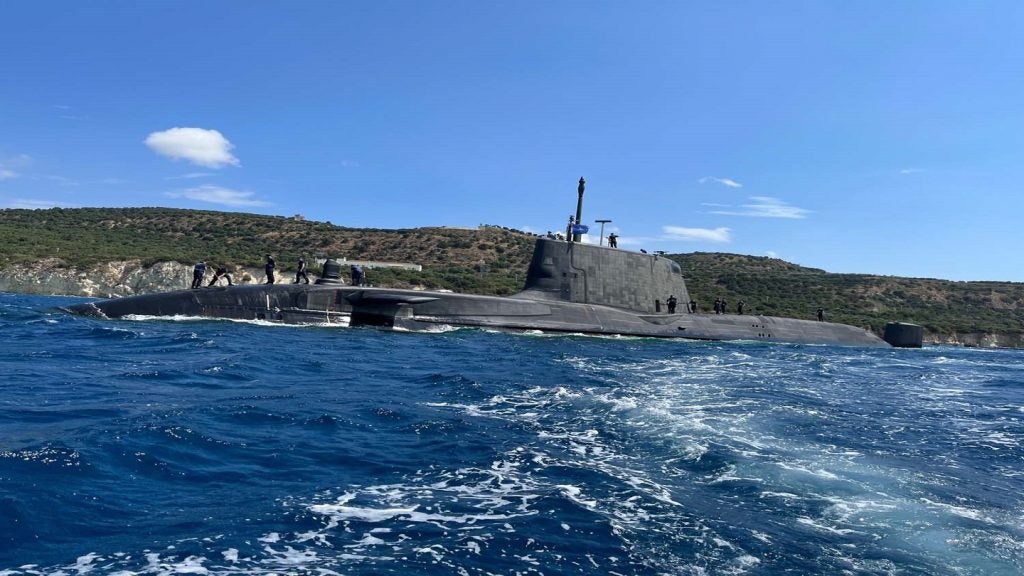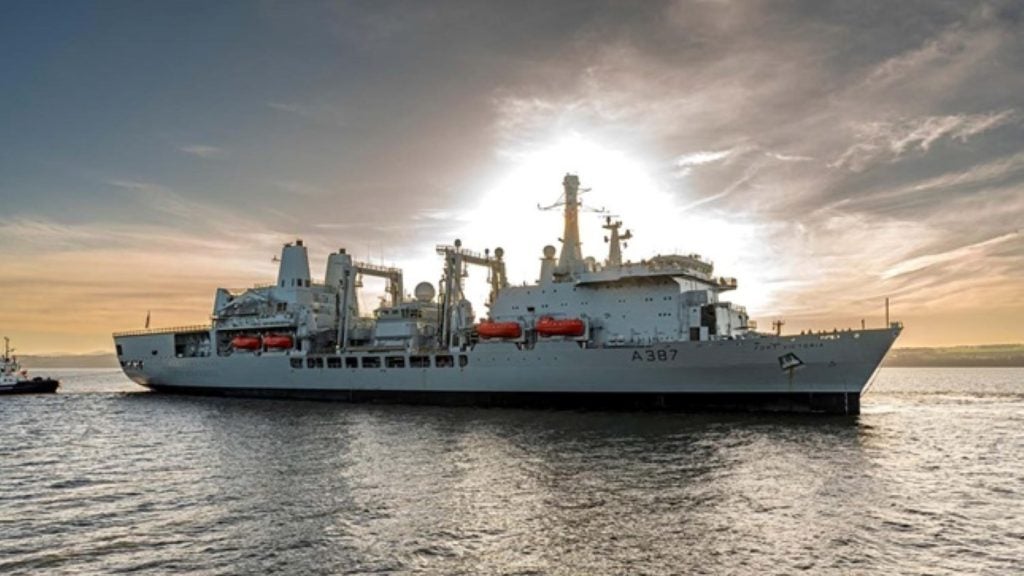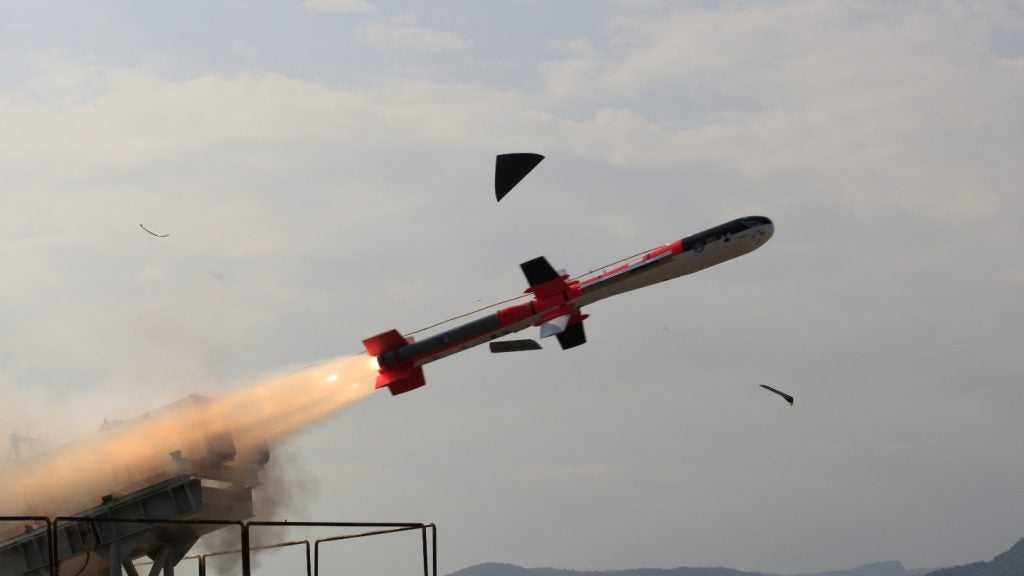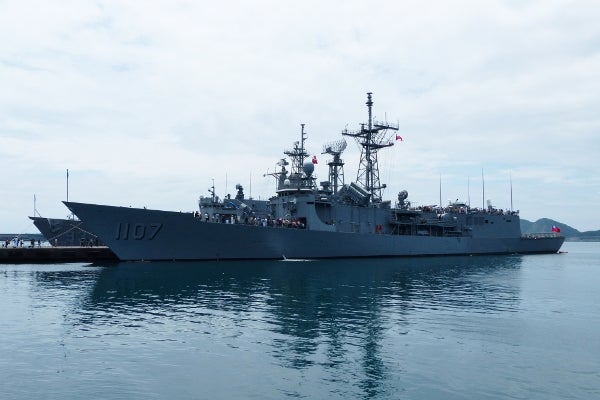
The Cheng Kung Class Patrol Frigate, Guided Missile (PFG-2) is in service with the Republic of China (Taiwan) Navy (ROCN). The PFG-2 is based on the Oliver Hazard Perry Class of the US Navy. Eight PFG-2 frigates were commissioned into the ROCN between 1993 and 2004.
The Cheng Kung Class frigates replaced the ageing Yang Class guided missile destroyers. The frigates were originally designed to conduct convoy escort missions. The ROCN deploys PFG-2 vessels in anti-submarine warfare (ASW) and fleet air-defence missions. The frigates perform all the assigned missions and meet the requirements of the Taiwan Navy.
Cheng Kung Class construction
The PFG-2 frigates were licensed-built in Taiwan by China Shipbuilding Corporation (CSBC) under a $5bn programme managed by the Ministry of National Defence. Bath Iron Works provided the engineering assistance for the ship-building programme.
The keel for the lead ship in class, the ROCS Cheng Kung (PFG-1101), was laid down in January 1990. The frigate was launched in October 1991 and commissioned into the ROCN in May 1993. The ROCS Cheng Ho (PFG-1103) was laid in December 1990, launched in October 1992, and commissioned in March 1994. The ROCS Chi Kuang (PFG-1105) was laid in October 1991, launched in September 1993, and commissioned in May 1995.
The fourth ship in class, the ROCS Yueh Fei (PFG-1106) was laid in September 1992, launched in August 1994, and commissioned in February 1996; the ROCS Tzu I (PFG-1107) was laid down in August 1994, launched in July 1995, and commissioned in January 1997; the ROCS Pan Chao (PFG-1108) was laid in January 1995, launched in December 1995, and commissioned in December 1997; the ROCS Chang Chien (PFG-1109) was laid in December 1995, launched in November 1996, and commissioned in November 1998.
The ROCS Tian Dan (PFG-1110) was laid in February 2002, launched in October 2002, and commissioned in to the ROCN in March 2004.
Cheng Kung Class design
The PFG2 frigates are designed as a low cost surface combatant. Each frigate integrates state-of-the-art combat systems and advanced weapon systems. The vessels demonstrate superior manoeuvrability in high seas.
The Cheng Kung Class has a length of 138m, beam of 13.7m, and draft of 5.7m. The full load displacement of the vessel is 4,165t. Each frigate can complement a crew of 235.
Weapon systems of Cheng Kung Class
Cheng Kung Class is armed with Hsiung Feng II ship-to-ship missiles and Hsiung Feng III anti-ship missiles. The Mk 13 missile launcher aboard the vessels can fire up to 40 SM-1MR missiles. The vessels are also fitted with two triple Mark 32 torpedo tubes for launching Mark 46 anti-submarine torpedoes.
The 20mm Phalanx Close-In Weapon System (CIWS) aboard the Cheng Kung Class provides close-point defence against incoming missiles, rockets and artillery fire. The frigates are also armed with an OTO Melara 76mm naval gun and two 40mm/L70 guns.
Cheng Kung Class – sensors / radars
The sensors suite includes a Raytheon AN/SPS-49 2-D long range air search radar, AN/SPS-55 surface search and navigation radar, AN/SQS-56 hull-mounted sonar, and AN/SLQ-32 shipboard electronic warfare system.
Helicopters aboard Cheng Kung Class frigates
The Cheng Kung Class can support the operations of two S-70C-M helicopters. The flight deck features landing spot and hangar facilities for embarked helicopters. The S-70C-M aboard the vessels are equipped with anti-submarine equipment to conduct ASW missions.
The helicopters can also be deployed in search and rescue (SAR) vertical replenishment (VERTREP), and medical evacuation (MEDEVAC) missions.
Cheng Kung Class propulsion
The Cheng Kung Class frigates are powered by two GE LM 2500 gas turbine engines driving a constant pitch propeller via single shaft configuration. The engines generate a total power output of 41,000shp. The vessels integrate two auxiliary propulsion units for better manoeuvrability at dockages. The propulsion system provides a maximum speed of 29kt.
The Global Naval Surface Combatants and Warfare Systems Market 2011-2021
This project forms part of our recent analysis and forecasts of the global naval surface combatants and warfare systems market available from our business information platform Strategic Defence Intelligence. For more information click here or contact us: EMEA: +44 20 7936 6783; Americas: +1 415 439 4914; Asia Pacific: +61 2 9947 9709 or via email.
Related content
Incheon Class Frigates / Future Frigate Experimental (FFX), South Korea
Future Frigate eXperimental (FFX) or Incheon Class frigates are new coastal defence frigates being developed for the Republic of Korea Navy.
Type 053H3 / Jiangwei II Class Frigates, China
The Type 053H3 or Jiangwei-II (NATO codename) is a multi-role frigate operated by the People’s Liberation Army Navy (PLAN).

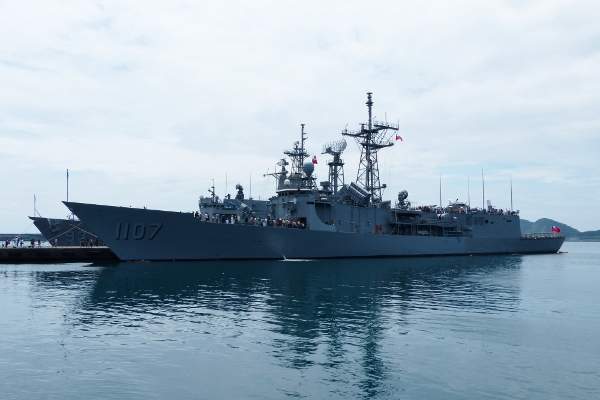
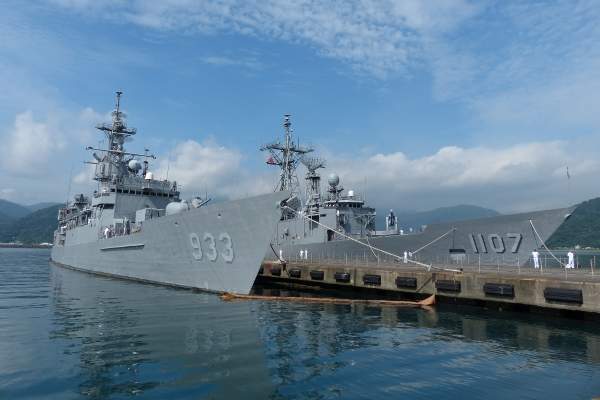

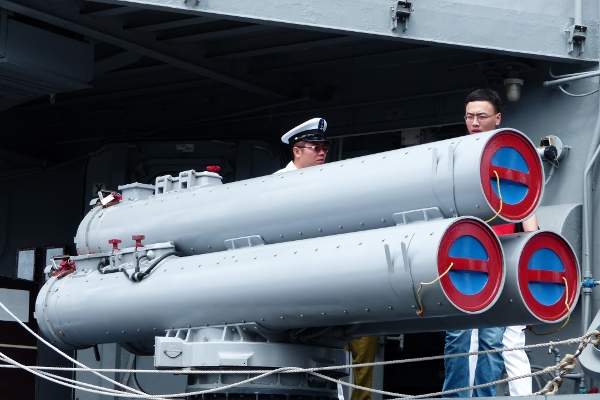


.gif)
